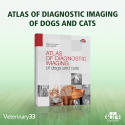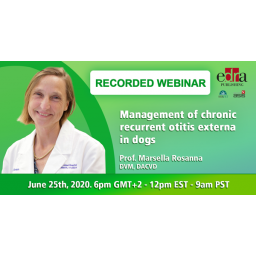RECORDED WEBINAR - Canine Leishmaniosis: old & new concepts
Over the past decade, the epidemiology of Leishmania infection around the world has undergone significant changes. In this webinar we will assess how the increase in the number of autochthonous cases of canine leishmaniosis in non-endemic areas, as well as the description of new reservoirs in endemic areas, makes its control more complex.


















